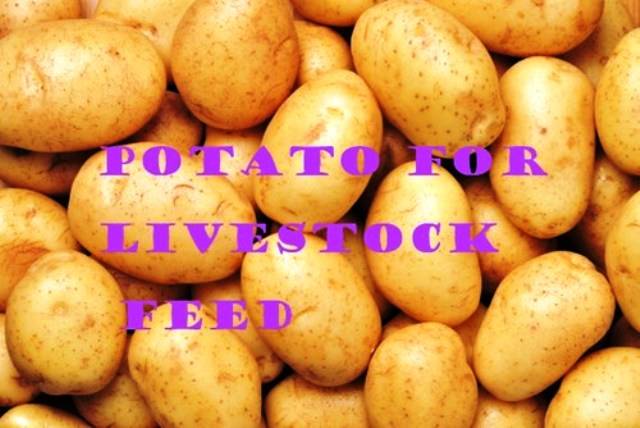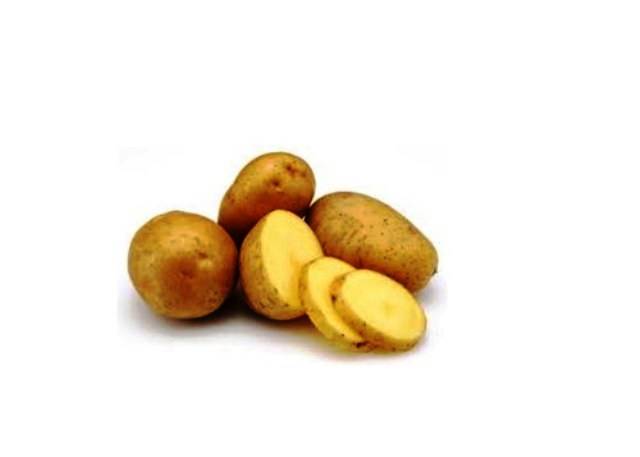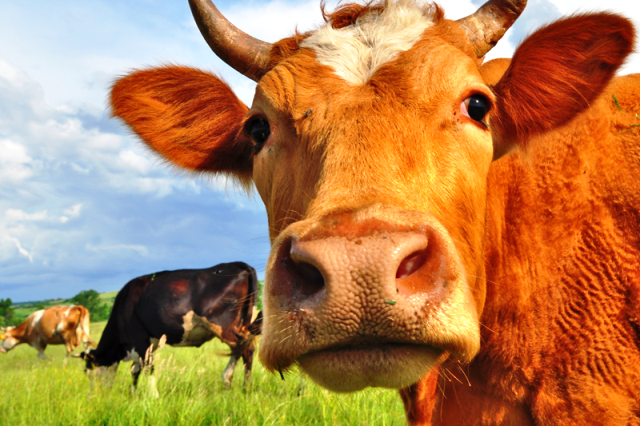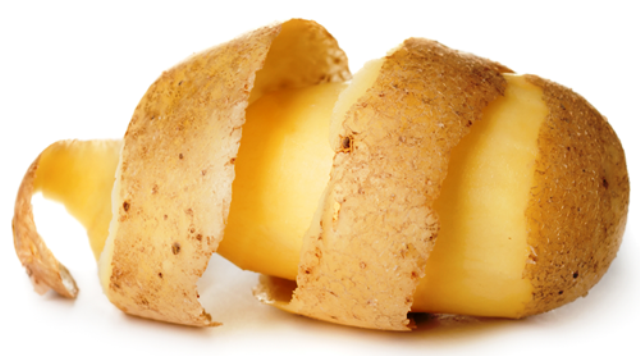
During the peak production season, it becomes a problem for the farmers to dispose of the surplus and the culled potatoes. These cannot be dumped in the waste land, because of the legal implications. Also such potatoes cannot be kept in the cold stores, because of the cost involved. The only viable option left with the farmers is to feed to livestock. On an average, 6–10% of potatoes stored in cold storage are rendered unfit for human consumption and are thus discarded. The waste includes cut, undersize, sprouted and fungal infested potatoes. The fresh cull potatoes contain 65–75% starch (depending on the variety), 0.4% EE, 9.5–10% CP and have about 80% TDN, 3.16 Mcal ME/kg DM or 3.16 Mcal NE/kg DM on DM basis. 4.5–5.0 kg potatoes are equivalent to 1.0 kg barley or corn grains.

Feeding trials conducted at Guru Angad Dev Veterinary and Animal Sciences University, Ludhiana revealed that 8 kg fresh potatoes can be fed as a part of total mixed ration with no adverse effects on the acceptability, palatability and the performance of buffalo calves. Fresh chopped potatoes can replace barley grains in the concentrate mixture and were fed with rice straw as total mixed ration without any ill effects on the performance or health of the animals.

Feeding 6.0 kg cull potatoes from cold storage increased average daily gain in growing buffalo calves. Feeding 8 kg stored waste potatoes from cold storage fed to lactating crossbred cows replacing 2 kg concentrate mixture for 60 days improved milk yield, without any adverse effect on milk composition or BWs of the animals. Higher levels may cause milk fat depression and may cause indigestion and bloat. Fresh cull potatoes or waste potatoes from cold storage can be conserved by ensiling with rice/wheat straw or maize stovers in 75–82:18–25 ratio. Fungal infested, sprouted, sunburnt (green-colored) rotten potatoes to animals should not be fed to the animals.

Potatoes should be washed and introduced gradually into diets with increasing amounts over a 2–3-week period. Should start at 1.5–2.5 kg/day, and gradually increase to 4.5–6.5 kg/day for calves, 10–11 kg/day for yearlings and 16–18 kg/day for 500 kg cows, should not feed potatoes higher than 30% of the DM intake or 2.5-4.0% of BW and should not exceed 10% of their BW in any case. Frozen potatoes should not be fed because animals cannot chew them and are likely to choke animals while attempting to swallow them whole. Frozen potatoes should be brought to room temperature and then can be fed. In a situation of feed deficit, feeding waste potato to livestock is a step forward in bridging the gap between demand and supply of feedstuffs said Dr. Manju Wadhwa, HoD animal nutrition, GADVASU.















